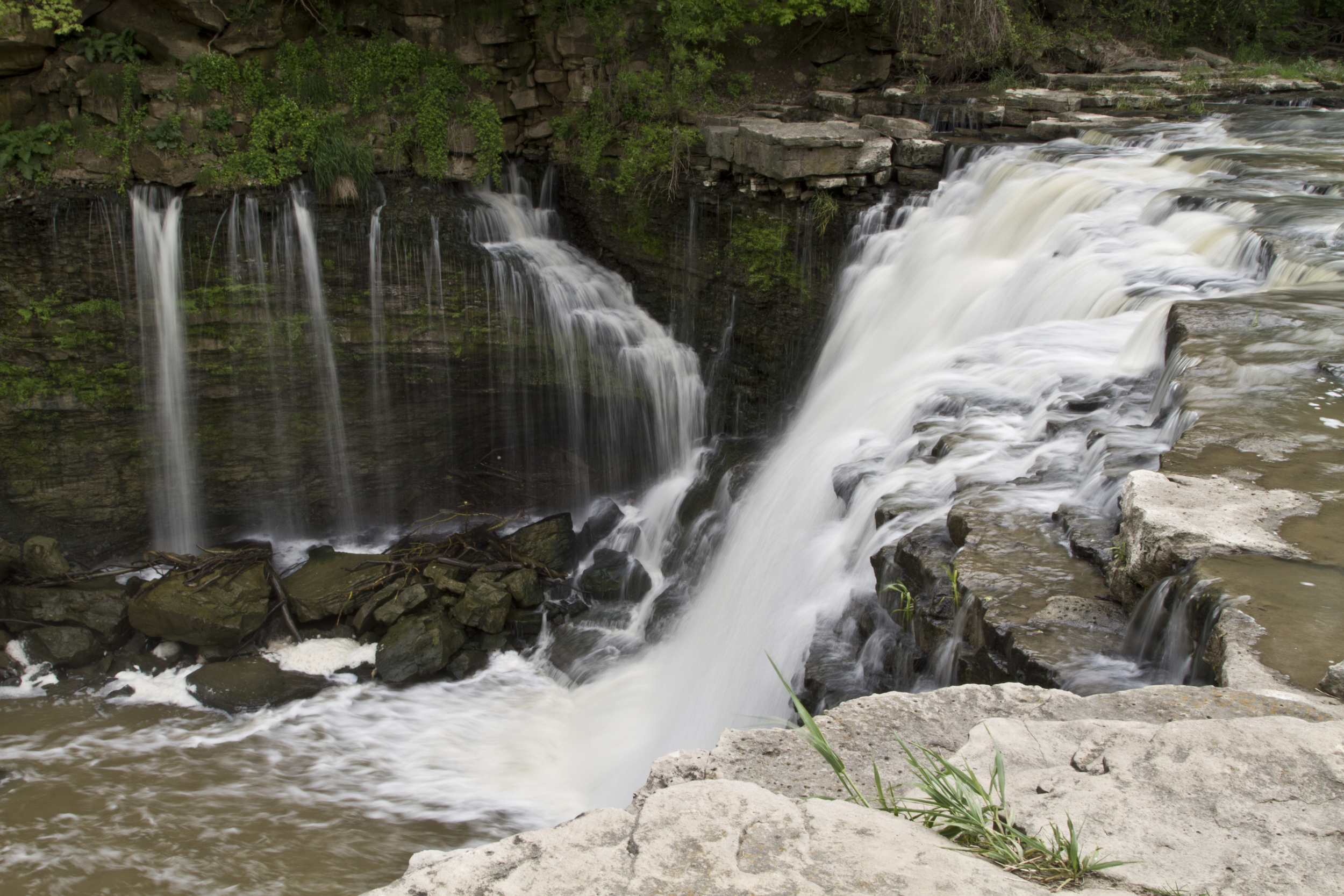

HGS RESEARCH HIGHLIGHT – Impacts of Climate Change and Different Crop Rotation Scenarios on Groundwater Nitrate Concentrations in a Sandy Aquifer
This study by researchers at the University of Guelph investigated the impacts of various crop rotation scenarios and climate change on groundwater nitrate concentrations in a 155 sq-km agricultural sub-watershed in Norfolk County, Ontario.

HGS RESEARCH HIGHLIGHT – Evaluating Climate Change Impacts on Soil Moisture and Groundwater Resources Within a Lake-Affected Region
This study investigates how climate change could impact groundwater and soil moisture within the Great Lakes Basin (GLB). Groundwater is a resource that is relied on for agriculture, industry, municipalities, and drinking water. Approximately one-quarter of the 33 million inhabitants of the GLB depend on groundwater as their primary freshwater source. Given its extreme value as a natural resource, the impacts of climate change on groundwater need to be well understood, and fully-integrated models that incorporate such large water bodies (let alone an entire basin-scale system) are rare.


HGS RESEARCH HIGHLIGHT – Towards a climate-driven simulation of coupled surface-subsurface hydrology at the continental scale: a Canadian example
This study is an excellent example of how a physics-based approach to simulating integrated hydrology with HydroGeoSphere allows researchers to overcome the limitations of data scarcity. Allowing water to flow naturally (or as ‘naturally’ as possible for a digital environment) also simplifies the calibration process, as a well conceptualized watershed scale model should be able to accurately represent the integrated hydrology of the watershed inherently.

HGS RESEARCH HIGHLIGHT – Fully integrated and physically-based approach for simulating water flows in a large-scale, heavily agricultural and low-instrumented watershed
This study is an excellent example of how a physics-based approach to simulating integrated hydrology with HydroGeoSphere allows researchers to overcome the limitations of data scarcity. Allowing water to flow naturally (or as ‘naturally’ as possible for a digital environment) also simplifies the calibration process, as a well conceptualized watershed scale model should be able to accurately represent the integrated hydrology of the watershed inherently.

Water Forecasting Platform Soon to be Launched for the Pembina River Valley
Aquanty is proud to announce that we’re launching a new project in partnership with the Pembina Valley Watershed District (PVWD) and Manitoba Forage and Grassland Association (MFGA) to launch a new hydrologic forecasting platform for the Pembina River Valley.

HGS RESEARCH HIGHLIGHT – Variably saturated dual-permeability flow modeling to assess distributed infiltration and vadose storage dynamics of a karst aquifer
A new paper in the Journal of Hydrology provides a perfect case study of the dual continuum formulation supported by HydroGeoSphere. The dual continuum formulation in HydroGeoSphere involves two separate continua, with the first continuum represented by the porous medium. In this case, the 2nd continuum is used to represent the presence of large porosity features throughout a karstic aquifer - the Western Mountain Aquifer in Israel.


HGS RESEARCH HIGHLIGHT – Estimation of groundwater contributions to Athabasca River, Alberta, Canada
This paper evaluates surface water-groundwater interactions within the Athabasca River Basin (ARB). The fully integrated nature of HydroGeoSphere was a key contributor to this study, as these simulations allowed for clear accounting of the interaction between groundwater and surface water, while also incorporating influential hydrologic mechanisms like snowmelt/accumulation and evapotranspiration over a very large area.

HGS RESEARCH HIGHLIGHT – Evaluating backward probability model under various hydrogeologic and hydrologic conditions
A new paper uses HydroGeoSphere to evaluate the reliability of a backward-in-time solute transport probability model. HydroGeoSphere was instrumental in the research as it is one of the only modelling platforms that supports 3-dimensional solute transport under variably saturated groundwater flow conditions.
